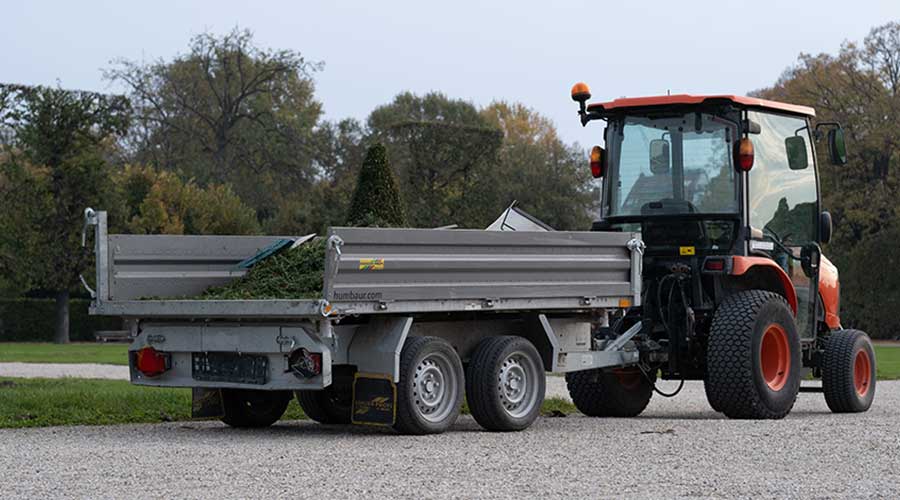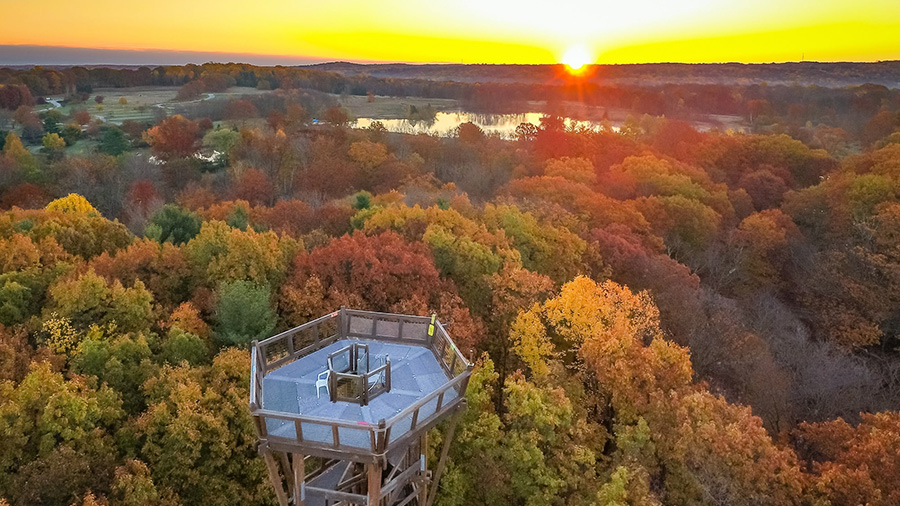Grounds Department Updates Operations for Green, Financial Benefits
The 126-acre campus of the California Institute of Technology in Pasadena, Calif., serves an important purpose that goes well beyond creating a comforting and attractive setting for the institute's high-tech facilities.
"Our campus has traditionally been really manicured, very pristine," says Delmy Emerson, the institute's director of buildings and grounds. "Five years ago, the administration decided we needed to look at sustainability campus-wide. So as part of that, we looked at our grounds as to how we could meet that goal. It's a strategic move to retain and attract students."
Grounds managers understand that landscapes in higher education are essential elements in attracting students. But in the age of sustainability, the importance of this role has been magnified further. Managers now are under growing pressure to ensure landscaped and turf areas look their best, protect the environment and enhance the bottom line.
Turf Considerations
The goal of becoming more sustainable was no small undertaking for the department, which is responsible for a campus with 23 acres of turf and hosts 2,200 hundred students each day.
"We evaluated the campus, and we wanted to retain that special attractiveness or appearance," Emerson says. "But at the same time, how do we transition into a more sustainable campus?" The decision was made to start the process by reducing the size of the campus's turf areas.
"We have reduced five acres of grass space so far," she says. "On one acre, we actually created and built a swale so that when it rains, we collect the rain water." The swale slows rainwater and captures it, spreading it horizontally across the landscape instead of allowing it to enter the area's storm water system. The department next rethought its approach to turf areas, many of which feature Bermuda grass.
"Bermuda grass thrives in the warm months, and then it goes dormant," she says. "So instead of overseeding that grass in the fall so we would have a green campus, we said we're going to let that grass go dormant, and there are going to be some areas of campus that are going to be brown. We will overseed only the focal areas. That way, we reduced our labor costs, maintenance, and supplies."
The decision not to overseed changed the appearance of the campus in some places, but it also produced a different kind of change for the department.
"With that change, we really needed to educate our groundskeepers," Emerson says, referring to the 27 in-house workers who maintain all areas of the campus. "This was a big change from current practices, so we had to re-educate them.
"When you're in the green industry, you take pride in the work. But all of a sudden we're saying, 'We're going to go brown,' and it looks unkempt to them. So we had to re-educate not only our groundskeepers. We also had to educate our campus community to explain why these areas are looking the way they are looking."
Another step in the process involved the selection of green plants and flowers.
"We hired a company to develop a master plan for us, and from there we have identified a plant palate — some plants that are really resistant to pests, that do not require a lot of maintenance," she says. "We're also looking at a lot of native plants. In Southern California, we have a lot of plants that can be used in a landscape. You just need to incorporate them. It doesn't only help with the water restrictions. It can also help you express what you want to see in a landscape. You don't want something dreary or something brown."
Related Topics:












